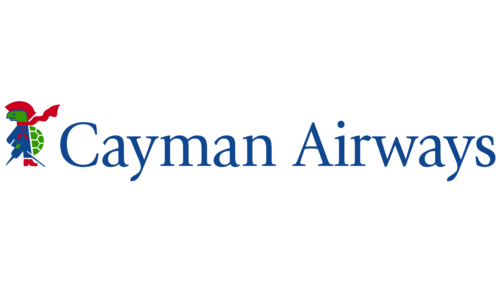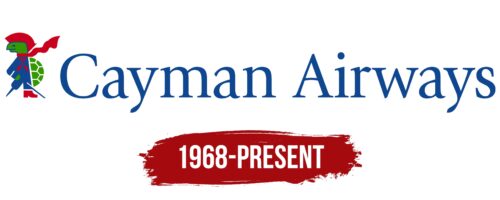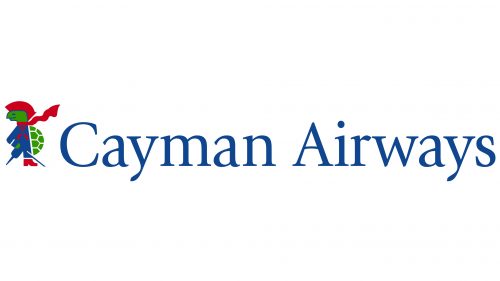The Cayman Airways logo embodies the spirit of the Cayman Islands and its people. The logo echoes the values of community, adventure, and natural beauty. The airline serves as a bridge between destinations and between the island’s culture and the rest of the world; the airline’s ambition is to offer a unique blend of hospitality and luxury.
Cayman Airways: Brand overview
In the annals of aviation history, 1968 was a landmark year for the Cayman Islands when two enterprising Caymanians teamed up with the venerable British Overseas Airways Corporation (BOAC). Their union gave rise to Cayman Airways, and the first flight of the six-seat Britten-Norman Islander aircraft from Grand Cayman to Kingston, Jamaica, marked the beginning of an exciting era of air transportation.
By 1975, Cayman Airways had become the Caribbean’s leading airline, carrying passengers across the United States, Canada, Central America, and the Caribbean. The purchase of a Boeing 727 jet raised its profile in the industry, and in the 1980s, the company continued to grow by upgrading its fleet with Boeing 737s.
The airline currently operates more than 60 weekly flights to 12 destinations in the Caribbean and the Americas, successfully serving passenger and cargo traffic.
Meaning and History
What is Cayman Airways?
Cayman Airways holds a place of honor as the flagship airline of the British Overseas Territory of the Cayman Islands. Based in Grand Cayman, the airline provides essential international and domestic scheduled passenger services, as well as cargo services on most of its routes.
From its earliest days, the airline has demonstrated an unwavering commitment to connecting the Cayman Islands to the world, serving as a vital bridge for tourism and trade. Over time, the airline has earned a reputation for providing a service closely tied to the spirit and charm of the islands.
1968 – today
Cayman Airways’ logo is based on the Cayman tortoise, a unique native reptile with a long, scaly tail. The emblem depicts just such an animal. The creator of the sign is Susie Soto, who drew “Sir Turtle” in the 1970s. It was originally used as a luggage sticker at customs and served as a mascot for the local Department of Tourism. It did not have a red fluttering scarf at the time. English aviator Wilbur Thompson added the scarf, turning the symbol into an aviation symbol. The logo uses blue-green-red colors typical of the island’s nature.
Wilbur Thompson’s introduction of the red scarf has transformed the logo from a tourist symbol to an aviation symbol. It gives “Sir Turtle” a playful touch, embodying the local fauna and directly linking it to the idea of flight. The colors chosen reflect the natural beauty of the island, reinforcing the airline’s local roots and creating a strong sense of place. The story behind the logo reflects the combination of local culture and aviation history, giving it a deep meaning for the company and its customers.





